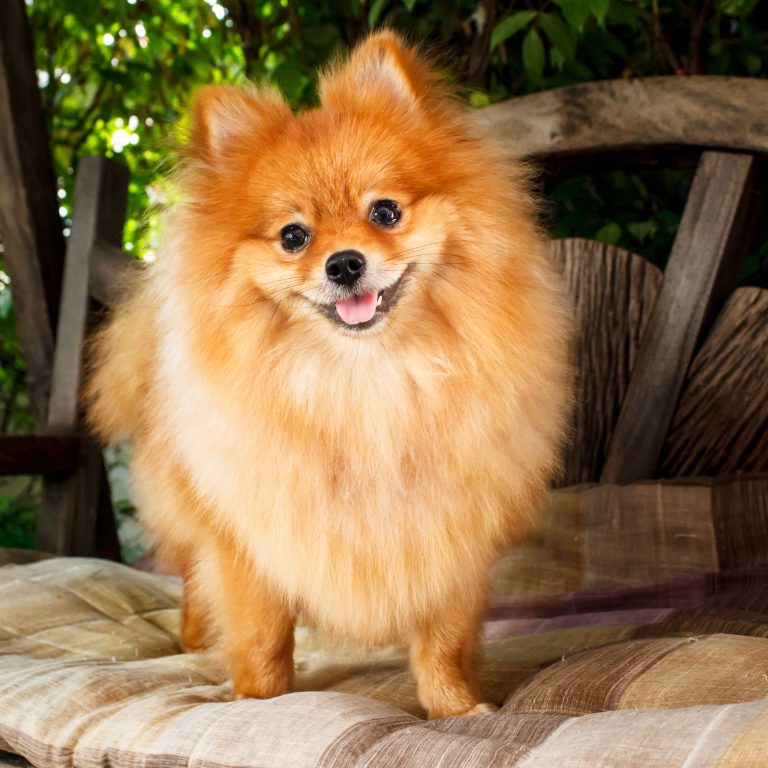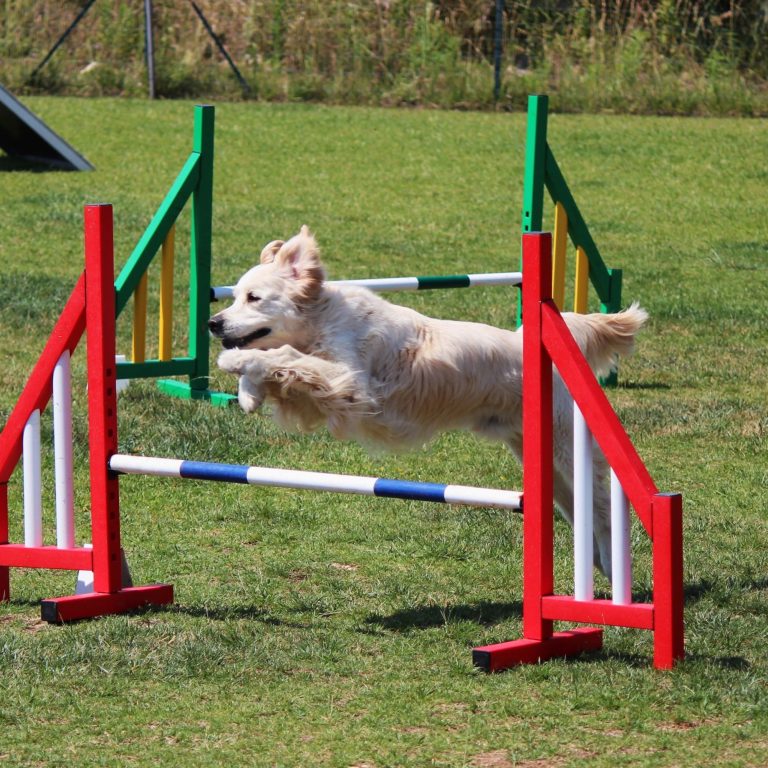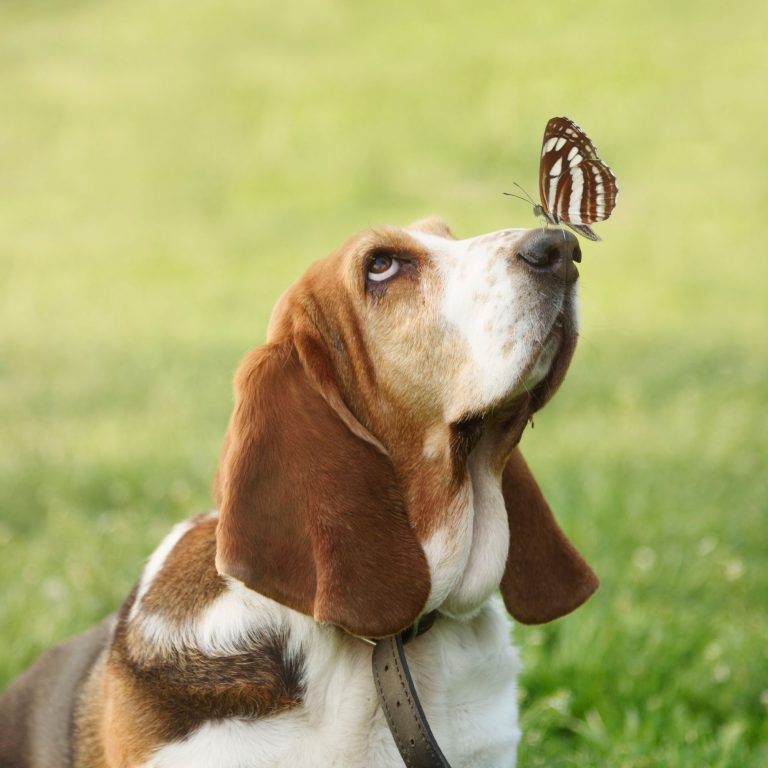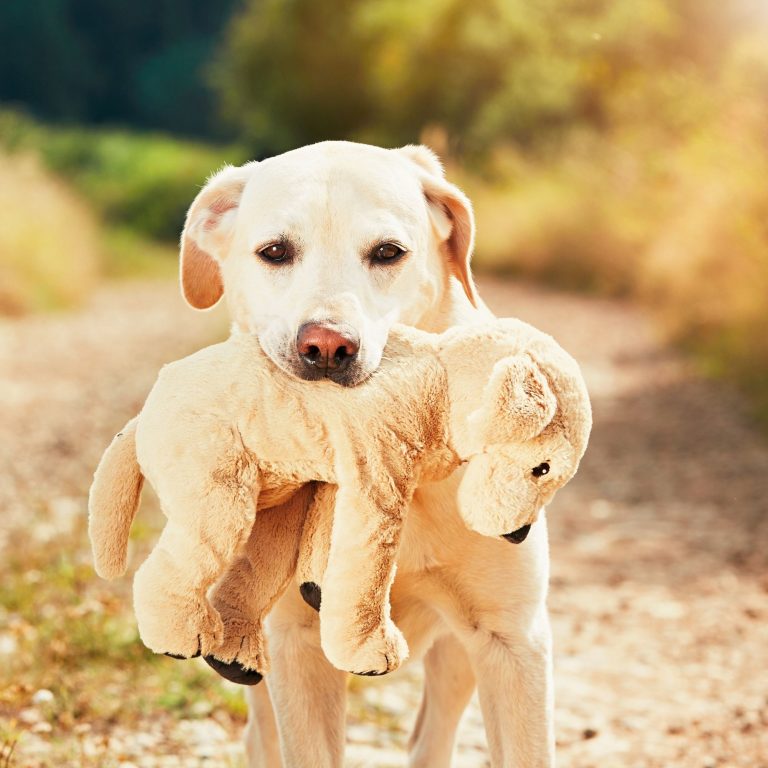Unlock Your Dogs Potential: Puzzle Toys That Enhance Mental Stimulation
Enhancing Your Dog’s Mental Stimulation
To provide your beloved furry friend with a fulfilling and engaging life, enhancing their mental stimulation is essential. Dogs are intelligent creatures that thrive on mental challenges and enrichment. By understanding the importance of mental stimulation and utilizing interactive puzzle toys, you can unlock your dog’s potential and contribute to their overall well-being.
Understanding the Importance of Mental Stimulation for Dogs
Just like humans, dogs require mental exercise to keep their minds sharp and active. Mental stimulation helps prevent boredom and can alleviate common behavioral issues such as excessive barking, chewing, or digging. Engaging your dog’s brain through activities and interactive toys can have numerous benefits, including:
-
Reduced anxiety and stress: Mental stimulation helps redirect your dog’s focus and energy, reducing anxiety and stress levels. It provides a healthy outlet for their natural instincts and energy.
-
Enhanced problem-solving skills: Engaging your dog in puzzles and challenges stimulates their problem-solving abilities. It encourages them to think, strategize, and find solutions to overcome obstacles.
-
Bonding and socialization: Interactive playtime with puzzle toys strengthens the bond between you and your dog. It creates opportunities for positive reinforcement, praise, and shared experiences, fostering a deeper connection.
-
Alleviated boredom and destructive behavior: Dogs that lack mental stimulation often resort to destructive behaviors out of boredom. Interactive puzzle toys keep their minds occupied, preventing boredom and the accompanying negative behaviors.
Benefits of Interactive Puzzle Toys
Interactive puzzle toys are designed to keep your dog mentally engaged and entertained. These toys provide various challenges that your dog must solve to access treats, food, or hidden rewards. The benefits of incorporating interactive puzzle toys into your dog’s routine include:
-
Mental exercise: Puzzle toys engage your dog’s cognitive abilities, keeping their mind active and stimulated. The mental challenges presented by these toys provide a fun and rewarding way to exercise their brains.
-
Physical exercise: Many puzzle toys require physical interaction, such as pawing, nudging, or rolling, to reveal hidden treats. This physical activity complements mental stimulation, promoting a healthy balance of both mental and physical exercise.
-
Slow feeding: Puzzle toys with food-dispensing features promote slower eating habits, preventing gulping and aiding digestion. This is especially beneficial for dogs prone to overeating or weight management issues.
-
Reduction of separation anxiety: Interactive puzzle toys can help distract and entertain dogs while you’re away. They provide mental stimulation and help alleviate separation anxiety by keeping your dog occupied and engaged.
By incorporating interactive puzzle toys into your dog’s routine, you can provide them with the mental challenge they need to thrive. Consider exploring the wide range of puzzle toys available, such as dog puzzle feeders and mental stimulation toys for dogs, to find the ones that best suit your dog’s breed, size, and skill level. Remember to assess your dog’s needs and supervise their playtime to ensure safety and enjoyment.
Types of Puzzle Toys
Puzzle toys are a fantastic way to engage and challenge your dog’s mind while providing hours of entertainment. There are various types of puzzle toys available that cater to different play styles and preferences. Let’s explore some of the most popular options:
Food Dispensing Toys
Food dispensing toys are a great choice for dogs who love their treats. These toys are designed to hold and dispense small amounts of food as your dog interacts with them. They encourage your dog to use their problem-solving skills to figure out how to access the tasty rewards.
Food dispensing toys come in different shapes and sizes, ranging from simple treat balls to more complex interactive feeders. They are perfect for slowing down fast eaters and for dogs who need mental stimulation during mealtime. For more information on food dispensing toys and their benefits, check out our article on dog puzzle feeders.
Treat Puzzles and Mazes
Treat puzzles and mazes are interactive toys that challenge your dog’s cognitive abilities. These toys typically have compartments or compartments with sliding covers where you can hide treats or kibble. Your dog must figure out how to navigate the puzzle or maze to access the hidden treats.
These toys come in various difficulty levels, allowing you to choose the right challenge for your dog. They are a great way to engage your dog’s problem-solving skills and keep them entertained. Treat puzzles and mazes are particularly beneficial for dogs who enjoy a challenge and need mental stimulation. To learn more about mental stimulation toys for dogs, visit our article on mental stimulation toys for dogs.
Hide and Seek Toys
Hide and seek toys are designed to tap into your dog’s natural hunting instincts. These toys typically consist of plush or fabric items with smaller toys hidden inside. Your dog must use their sense of smell and problem-solving skills to locate and retrieve the hidden toys.
Hide and seek toys provide mental stimulation and encourage your dog to engage in a scavenger hunt. They are especially beneficial for dogs who enjoy sniffing and exploring. These toys can also help redirect your dog’s attention from destructive behaviors to constructive play. Remember to supervise your dog while they are playing with hide and seek toys to ensure their safety.
Puzzle Balls and Cubes
Puzzle balls and cubes are interactive toys that challenge your dog’s problem-solving abilities. These toys usually have compartments or sections that can be manipulated to access hidden treats or toys. Dogs must roll, push, or manipulate the toy in specific ways to reveal the rewards.
Puzzle balls and cubes come in various designs and difficulty levels, allowing you to choose the right challenge for your dog. They provide mental stimulation, encourage physical activity, and help prevent boredom. These toys are particularly suitable for dogs who enjoy independent play and need mental stimulation. For a selection of the best interactive toys for dogs, check out our article on best interactive toys for dogs.
By incorporating different types of puzzle toys into your dog’s playtime routine, you can enhance their mental stimulation and provide a rewarding and engaging experience. Remember to choose toys that are appropriate for your dog’s size, breed, and skill level. Rotate and vary the toys regularly to keep the challenge fresh and exciting for your furry friend.
How Puzzle Toys Promote Mental Stimulation
Interactive puzzle toys for dogs are not just a source of entertainment; they also play a crucial role in promoting mental stimulation. These toys engage your dog’s mind, encouraging problem-solving skills, providing sensory stimulation, and preventing boredom and destructive behavior.
Encouraging Problem-Solving Skills
Puzzle toys present dogs with challenges that require problem-solving skills. By figuring out how to access treats or solve the puzzle, dogs engage their cognitive abilities and enhance their problem-solving capabilities. This mental exercise keeps their minds sharp and active.
As your dog interacts with the toy, they learn to use their paws, nose, and mouth to manipulate the puzzle pieces or discover hidden treats. This process stimulates their natural instincts and encourages them to think critically to achieve their goal.
Providing Sensory Stimulation
Interactive puzzle toys engage multiple senses, providing dogs with sensory stimulation. Many puzzle toys have different textures and shapes that dogs can explore, stimulating their sense of touch. Some toys may emit sounds or have moving parts, appealing to their sense of hearing. The use of scents, such as treats or food, can also engage their sense of smell.
By incorporating various sensory elements, puzzle toys provide a holistic experience for your dog. This sensory stimulation not only keeps them mentally engaged but also satisfies their natural curiosity and instincts.
Preventing Boredom and Destructive Behavior
Boredom can lead to destructive behavior in dogs. Puzzle toys offer a productive way to keep your dog entertained and mentally stimulated, reducing the likelihood of boredom-related issues. When dogs have access to interactive toys that challenge their minds, they are less likely to engage in destructive behaviors like excessive chewing or digging.
Puzzle toys provide a constructive outlet for your dog’s energy and mental focus. They help alleviate anxiety, stress, and restlessness by keeping your dog occupied and mentally engaged. By diverting their attention to stimulating activities, puzzle toys contribute to a happier and more contented canine companion.
By understanding how puzzle toys promote mental stimulation, you can choose the right toys to enhance your dog’s well-being. Consider your dog’s size, breed, and skill level when selecting puzzle toys, and always prioritize their safety. Introduce the toys gradually, starting with easier challenges and providing positive reinforcement to encourage your dog’s engagement. Remember to rotate and vary the toys to maintain their interest and maximize the mental stimulation they provide. For more information on interactive toys for dogs, check out our article on best interactive toys for dogs.
Choosing the Right Puzzle Toys for Your Dog
When it comes to choosing puzzle toys for your dog, it’s important to consider several factors to ensure the best fit for their size, breed, and skill level. By taking these considerations into account, you can provide your furry friend with a stimulating and enjoyable experience.
Consider Your Dog’s Size and Breed
The size and breed of your dog play a crucial role in determining the suitable puzzle toys. Smaller dogs may struggle with larger toys designed for larger breeds, while larger dogs may find smaller toys too easy and quickly lose interest. Consider the size of your dog’s mouth and paws when selecting puzzle toys to ensure they can interact with them comfortably and safely.
Different breeds also have different tendencies and characteristics. Some breeds are known for their problem-solving skills, while others may require simpler puzzles to get started. Understanding your dog’s breed and their natural instincts can help you choose puzzle toys that align with their specific needs and preferences.
Assess Your Dog’s Skill Level
Just like humans, dogs have varying levels of problem-solving skills. Some dogs may quickly figure out complex puzzles, while others may need simpler challenges to build their confidence. Assess your dog’s skill level by observing how they interact with different types of toys. If they struggle or seem disinterested, consider starting with easier puzzles and gradually progressing to more advanced ones as they become more proficient.
Safety Considerations
Safety should always be a top priority when selecting puzzle toys for your dog. Ensure that the toys are made from non-toxic materials and are free from small parts that could be a choking hazard. It’s also important to regularly inspect the toys for any signs of wear and tear and replace them if necessary to prevent accidents. For more information on dog toys and safety, check out our article on dog enrichment toys.
Remember to supervise your dog during playtime with puzzle toys, especially when they are still learning to use them. This will allow you to intervene if any issues arise and ensure a positive and safe experience for your furry companion.
By considering your dog’s size, breed, skill level, and safety, you can choose puzzle toys that provide the right level of mental stimulation and enjoyment. Remember, it’s all about finding the perfect balance between challenge and reward for your beloved pet.
Introducing Puzzle Toys to Your Dog
When introducing puzzle toys to your furry friend, it’s important to start with easy challenges and gradually increase the difficulty level. This section will guide you through the process of introducing puzzle toys to your dog, ensuring a positive and rewarding experience.
Start with Easy Challenges
To set your dog up for success, begin with puzzle toys that are designed for beginners or have simpler mechanisms. These toys typically have larger openings or easier access to treats. By starting with easy challenges, your dog will quickly learn how to manipulate the puzzle and be rewarded for their efforts.
When introducing a new puzzle toy, demonstrate how it works by placing a few treats inside and allowing your dog to watch as they are retrieved. This visual demonstration can help your dog understand the concept and encourage them to explore the toy on their own. Remember, patience is key during this learning process.
Provide Positive Reinforcement
As your dog engages with the puzzle toy and starts to solve the challenges, be sure to provide plenty of positive reinforcement. Praise and reward your dog with verbal cues, petting, or treats whenever they make progress or successfully solve the puzzle. This positive reinforcement will reinforce their behavior and motivate them to continue exploring and problem-solving.
It’s important to note that every dog is unique and may require different levels of guidance and support. Some dogs may quickly grasp the concept of puzzle toys, while others may need more time and encouragement. Be attentive to your dog’s individual learning pace and adjust your approach accordingly.
Rotate and Vary the Toys
To prevent boredom and maintain your dog’s interest, it’s essential to rotate and vary the puzzle toys you offer. Introducing new toys and changing the challenges will keep your dog engaged and stimulated. Consider having a collection of puzzle toys and rotating them on a weekly or monthly basis. This ensures that your dog always has a fresh and exciting puzzle to solve.
By rotating the toys, you can also assess your dog’s progress and gradually introduce more complex puzzles as they become more skilled. Remember to consider your dog’s size, breed, and skill level when selecting puzzle toys. For more information on choosing the right puzzle toys for your dog, check out our article on dog enrichment toys.
Introducing puzzle toys to your dog is a fantastic way to provide mental stimulation and prevent boredom. By starting with easy challenges, providing positive reinforcement, and rotating the toys, you can enhance your dog’s problem-solving skills and keep them entertained for hours. Enjoy watching your furry friend engage with these interactive toys and witness their cognitive abilities shine.







